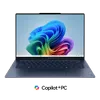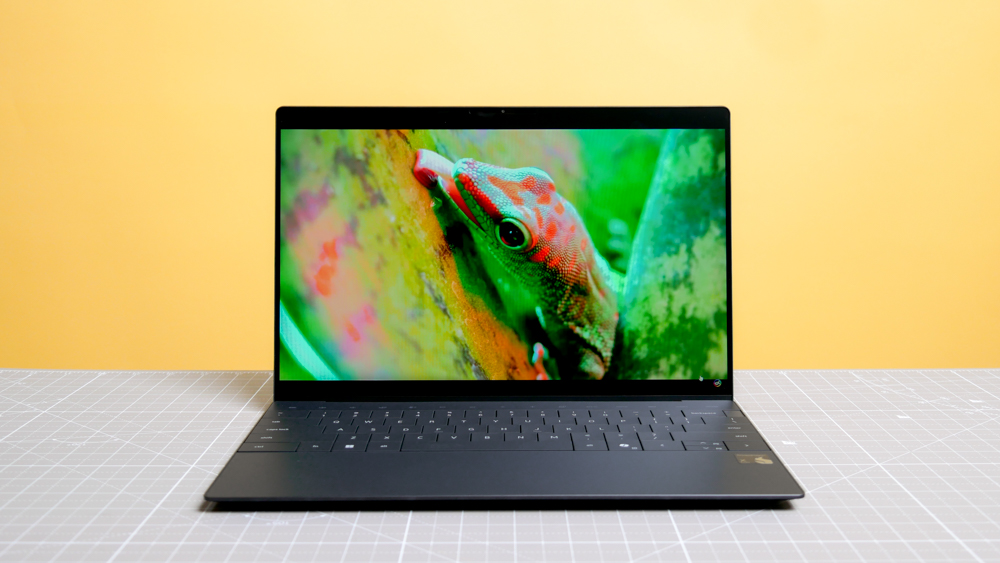I just tested Notion Mail to see if it can shake up my inbox — here's how it went
Notion Mail is aiming to update email, but how successful is it?
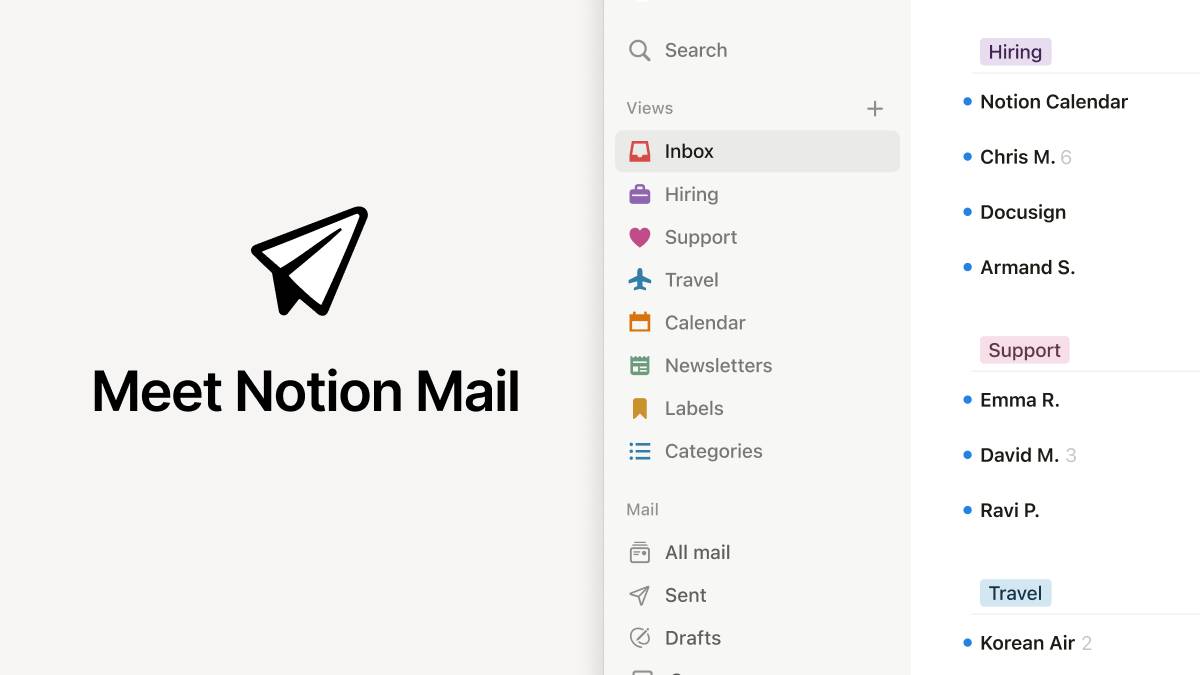
If you’ve spent any time around productivity enthusiasts in recent years, you’ve likely heard the name “Notion" come up a fair few times.
Designed by Notion Labs and launched in 2016, Notion initially looks like a note-taking app, but with a little more effort, it can become just about anything its more than 100 million users need it to be.
As a user of Notion for the last couple of years, and having been impressed by the company’s second app, Notion Calendar, last year, I’d been curious to see what Notion Labs could do for email.
Having had the opportunity to test it for myself, there’s a lot to like about the app already — here’s how it’s going so far.
What is a Notion Mail, anyway?
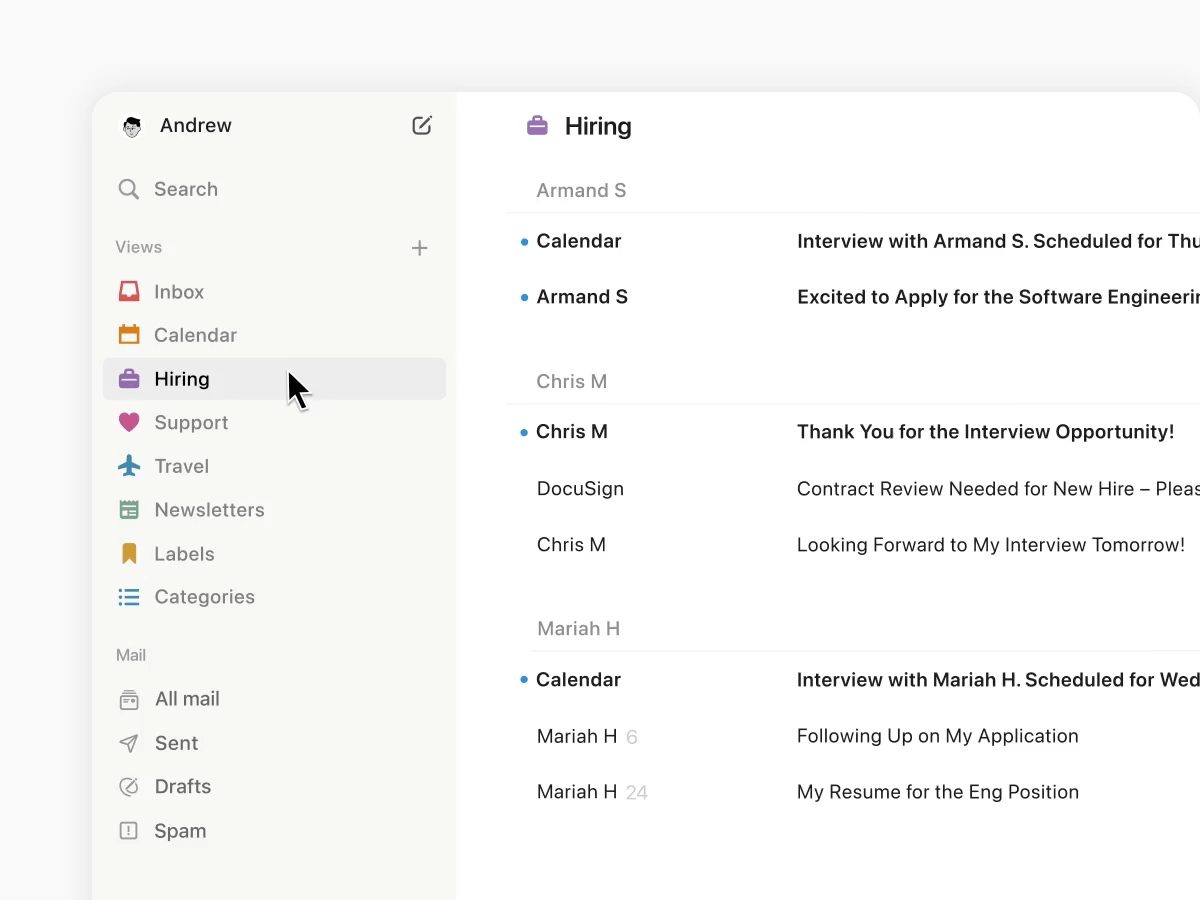
At its most basic, Notion Mail is a Gmail wrapper with a web-based interface that’s currently only available for Google’s email services (more on that anon).
It has two main selling points: customizable views, and integration with other aspects of Notion as a whole (and its calendar).
Those views aren’t just switching your Gmail between “Cozy” and “Compact,” though. As with Notion databases, these views can drastically shift data to more easy-to-parse formats.
Get instant access to breaking news, the hottest reviews, great deals and helpful tips.
As an example, the default “Inbox” view shows your email in date order, with senders, times and formats. So far, so… uh… email. Switch to the “Travel” view, however, and you’ll only see items from things like Booking.com, Airbnb and more.
It’s not quite the same as a filter because you’re not actively changing any properties on your emails, and these views are easily added to via a dedicated Templates section. Just as Notion itself can be your notebook, life planner, Pomodoro timer or just about anything else, Notion Mail can wear multiple hats.
Having recently taken a couple of trips abroad, having everything at my fingertips like a constantly-ticking travel itinerary was ideal, and I’m also making liberal use of the “Updates” option that I snagged from the template gallery to keep on top of Google Doc edits.
More Notion features
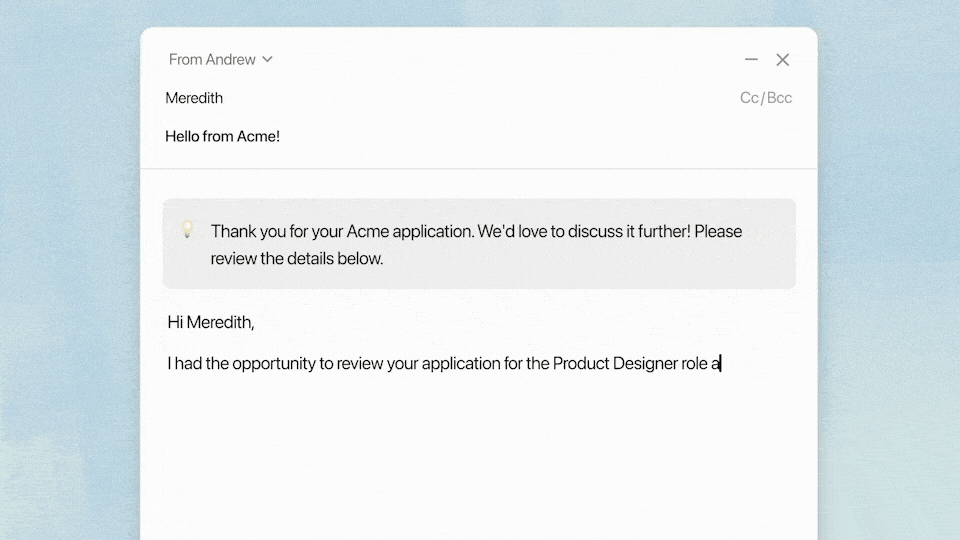
So that’s the “Views,” but what about that nebulous “Notion Integration”? In all honesty, if you’re not already using Notion, it won’t mean a great deal to you.
If you are, however, then this manifests in a few ways. The most basic is using a quick backslash to quickly format your emails with headers, bulleted lists and more. It ties into one of Notion Mail’s less-publicized strong suits, which is making the app very navigable via keyboard-only commands, and also makes it easy to write genuinely great-looking emails.
Users can customize snippets to drop things like Zoom links they use regularly, or use a window within the email composer to suggest availability for a meeting (it ties into Notion Calendar, naturally).
You can also reference pages within your Notion workspace, letting you easily share important data without needing to lean on third-party services. It’s a really neat feature, letting you share the latest invoicing system or meeting notes with a colleague.
And, since we’re in 2025, AI has to be here. You can use Notion’s AI to automatically label your incoming mail to specific categories, or you can use it to write and rewrite your emails and it does a pretty good job.
I’d like to see a little more power given to Notion Mail via automation in the future, like being able to trigger a to-do list item to “email Darragh” on Monday when I email Darragh on Monday, but that’s likely to come soon enough.
A little way to go

With the caveat that Notion Mail has only just come out, it’s off to a good start, but there are shortcomings.
The commitment to Google Workspace means it’ll be less than useful for Outlook users (or anyone outside of Google). Still, the same could be said of Notion Calendar, but that can now work with iCloud accounts, so it’s possible.
Moving to Google, however, wasn’t to everyone’s liking. Notion Mail was originally known as Skiff, until Notion purchased the company and did away with its privacy-first features. There’s no end-to-end encryption now, for example, so all security comes from Gmail’s own infrastructure.
It’s also a little buggy for the time being, with email attachments not showing on more than one occasion, but the biggest hurdle right now is availability.
While the web interface is great and the Mac app is much snappier than it was even a few days ago, Notion Mail doesn’t have a dedicated Windows app yet — nor does it have a mobile app. That means you’ll still rely on something else for your email on iOS or Android.
It’s also worth noting that Notion Mail (at least as it stands) is free, but Notion AI is a paid feature at present. As soon as we hear more about the pricing, we’ll be sure to update this page.
In summary, CEO of Notion Labs Ivan Zhao told the audience at Make With Notion 2024 that the company was looking to shake up email, noting it hadn’t changed in more than 20 years.
Notion Mail may not have achieved that just yet, but it is off to a promising start.
More from Tom's Guide
- Exclusive: I just tested the world's first agentic AI web browser and it blows away ChatGPT
- I ditched my laptop for a pocketable mini PC and a pair of AR glasses — here’s what happened
- I just tried the viral ChatGPT trend that turns you into a plushy — here's how to do it

Lloyd Coombes is a freelance tech and fitness writer. He's an expert in all things Apple as well as in computer and gaming tech, with previous works published on TechRadar, Tom's Guide, Live Science and more. You'll find him regularly testing the latest MacBook or iPhone, but he spends most of his time writing about video games as Gaming Editor for the Daily Star. He also covers board games and virtual reality, just to round out the nerdy pursuits.
You must confirm your public display name before commenting
Please logout and then login again, you will then be prompted to enter your display name.









